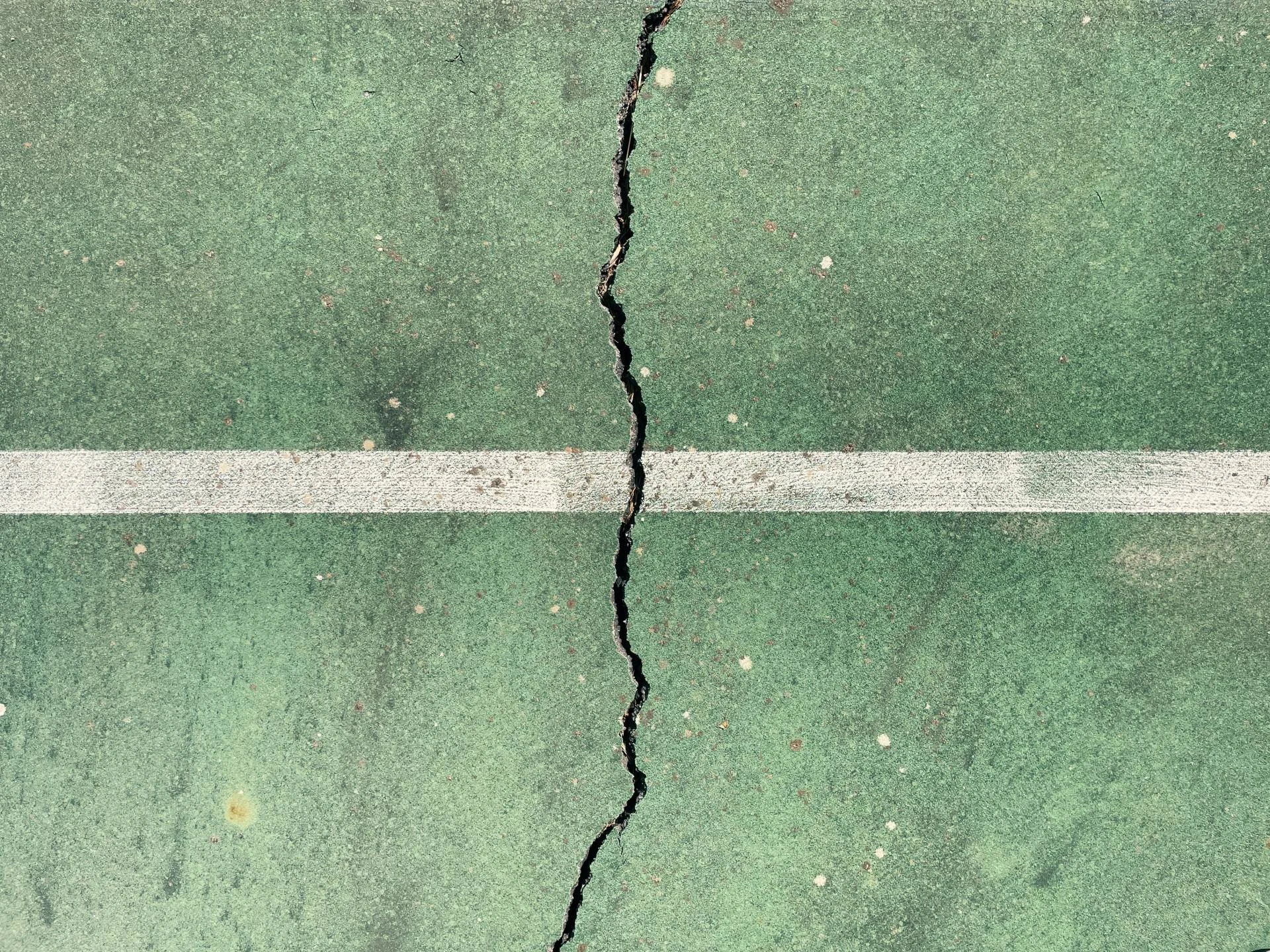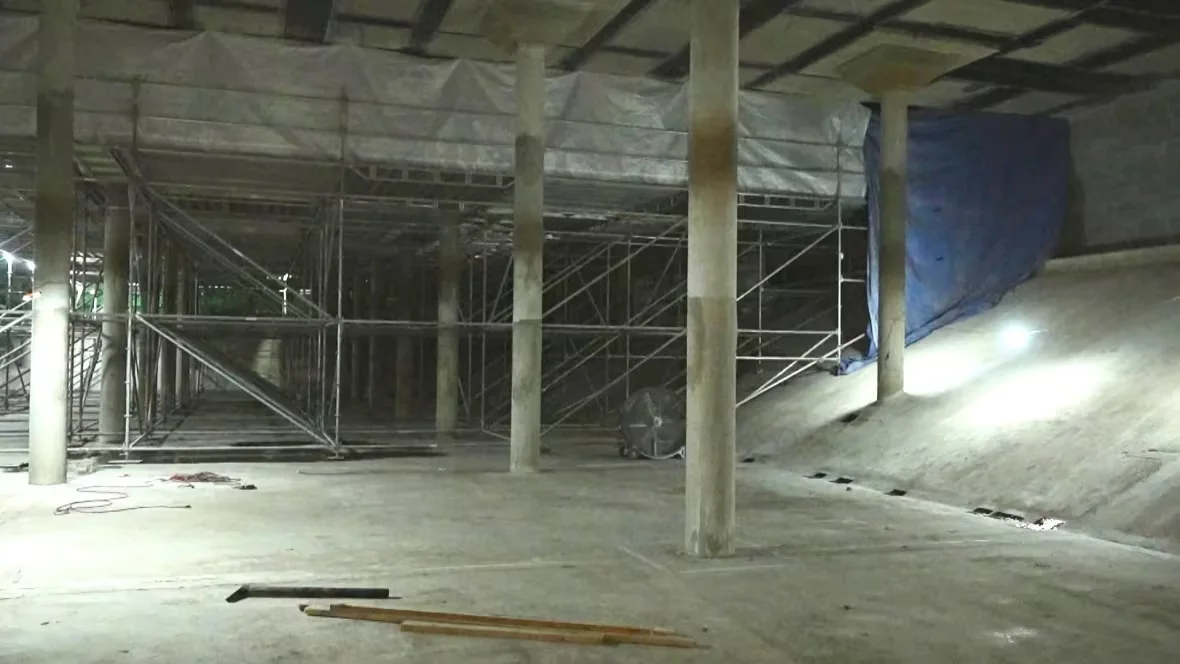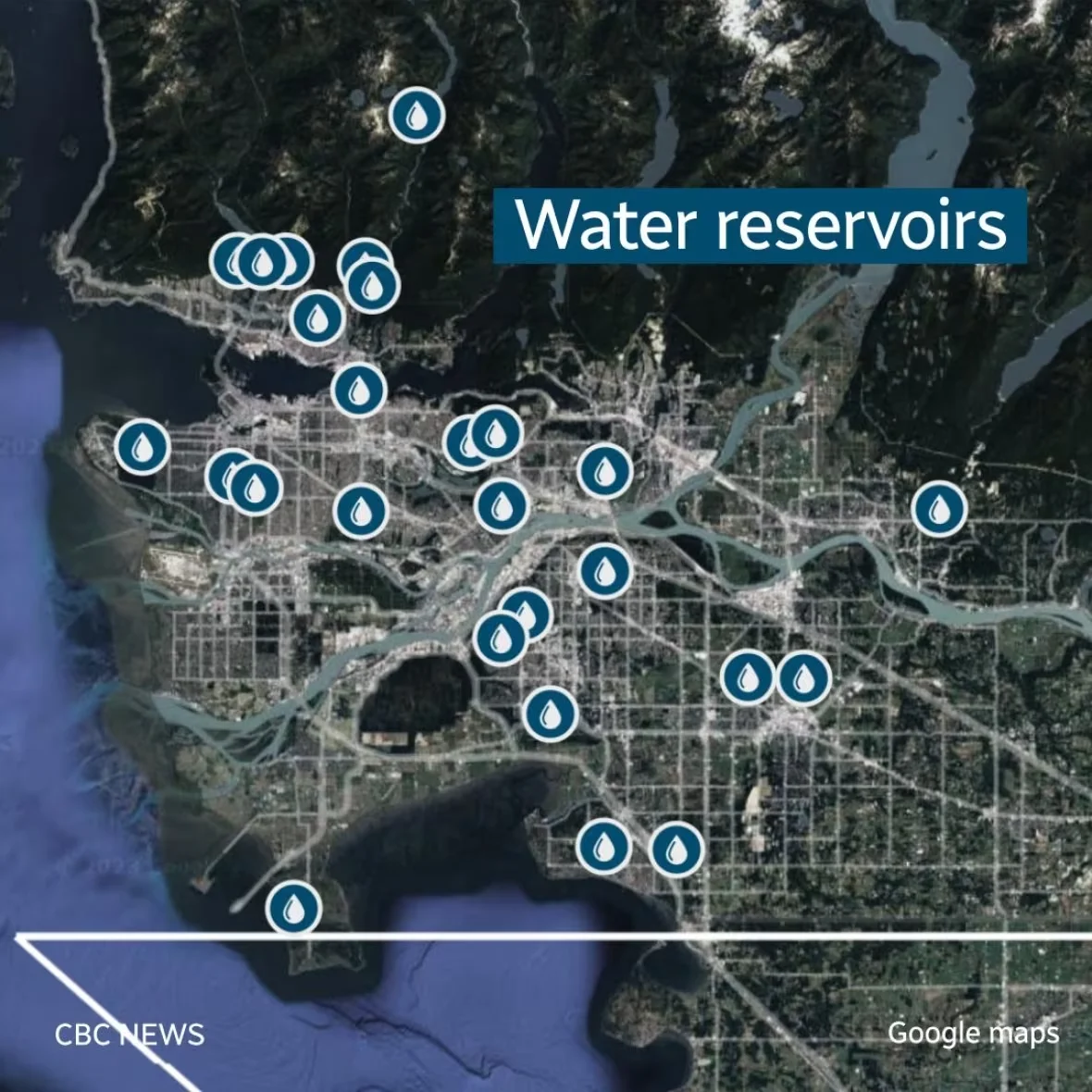
How Metro Vancouver is earthquake-proofing its reservoirs for the 'Big One'
Nearly six metres below a South Delta residential area, workers are making upgrades to a water storage reservoir that holds millions of litres of drinking water.
Work at the Pebble Hill reservoir began in the fall of 2021 to prepare for natural disasters in the future.
Metro Vancouver has been steadily upgrading its reservoirs since the '90s to ensure it can provide water to the region following the "Big One" — a megathrust earthquake expected to hit the B.C. coast someday.
DON'T MISS: Is Canada prone to a devastating earthquake? Answer isn't so simple
They were built at different times, and four, built before the 1990s when seismic codes were less stringent, still need upgrading: Sasamat, Greenwood, Maple Ridge and Glenmore reservoirs.
"We know that this is a seismically vulnerable area," said Marilyn Towill, Metro Vancouver's general manager for water services.
"And we know that large earthquakes happen periodically, not centuries in between."
Seismic upgrades to the Pebble Hill reservoir in Delta, contained in a cement building underground, include strengthening the roof, thickening the perimeter and central walls and installing a steel frame.

Upgrades to the Pebble Hill reservoir include strengthening the roof, thickening the perimeter and central walls and installing a steel frame. (Maggie MacPherson/CBC)
Why is a major quake expected in B.C.?
The South Coast of B.C. is situated in what's known as the Cascadia subduction zone, where two great tectonic plates are colliding.
The zone is centred on a 1,000-kilometre fault line that runs from northern Vancouver Island to northern California. The fault itself is the boundary between the Juan de Fuca ocean plate, which is moving toward and being shoved under the North American plate on which we live.
MUST SEE: Fracking-induced earthquakes possible in these Canadian regions, study says
As the Juan de Fuca Plate drifts eastward, it cools, becomes denser and eventually dives under the less-dense North American plate.
A section of the boundary at the Cascadia Trench can periodically become locked — and with the plates no longer sliding smoothly, the energy from the forward momentum gets stored inside the rocks, waiting for the day when it will be released as a catastrophic megathrust earthquake with magnitudes up to 9.0 or higher.
The Cascadia subduction zone experiences these "megathrust" earthquakes anywhere from every 200 to 800 years, according to scientists. The last one occurred in 1700, which means the next one could occur in another 500 years ... or next week.
WATCH: Could you survive a quake? This new video game will tell you
Preparation is key, and water is important.
Metro Vancouver says it upgrades its reservoirs in the winter when there's lower demand for water. There are about 26 reservoirs throughout the Lower Mainland.
"Each one would have to be assessed individually to determine their remaining lifespan, and that's what we do with every upgrade project. We see what components need work just to extend their life," said Matthew Dybwad, senior lead engineer for Metro Vancouver.
New reservoirs are typically designed for a lifespan of 75 to 100 years, he said.
Old infrastructure vulnerable
Metro Vancouver says it has conducted several studies about the impacts of a major earthquake.
"What we're planning for is to meet the building codes. Any of our new infrastructure is built to meet the current building codes that are in place, so what we're looking at is the older infrastructure," Towill said.
John Clague, a professor of earth sciences at Simon Fraser University, says the work Metro Vancouver is doing is "emblematic" of what's needed to protect our water network.
"Setting the steel frame and ensuring that it's well-bolted into the subsurface, I think, would protect it from almost any earthquake we could expect to experience here," he said.

Water reservoirs are spread throughout the Lower Mainland. (Metro Vancouver)
Clague says it's important for the water system to be expanded as the Metro Vancouver population continues to grow south of the Fraser River in places such as Langley and Surrey.
DON'T MISS: A new earthquake warning system will prepare Canada for dangerous shaking
"That's where people are moving, and the population is increasing. And, of course, then the water needs of that population have increased," he said.
"So they continually have to expand that system, which requires they increase the number and lengths of some water mains, the actual subsurface water supply lines, and also occasionally to either upgrade or create new pumping stations that allow water to be delivered more locally."
Clague says upgrades can't all be performed at once because it's too costly, according to Clague.
"It has to be done gradually, with priorities established as to what's most important."
Thumbnail image courtesy of Unsplash.
This article, written by Yasmine Ghania, was published by CBC News on March 18, 2023.









